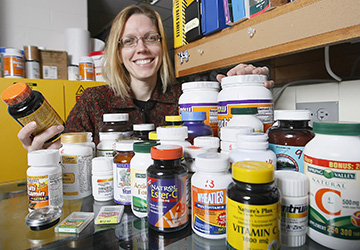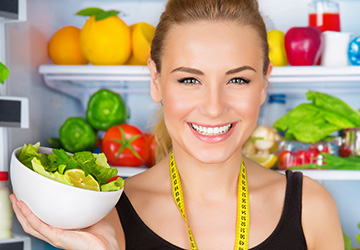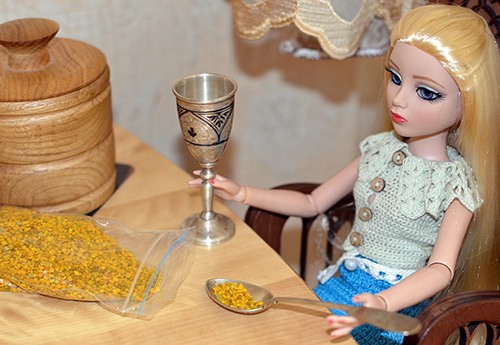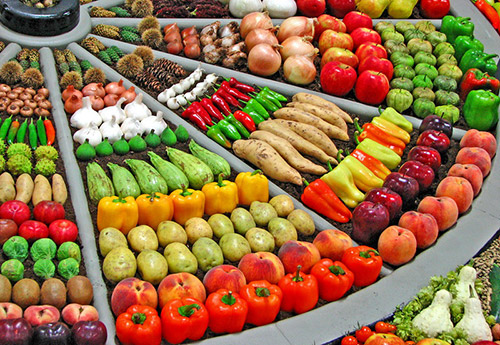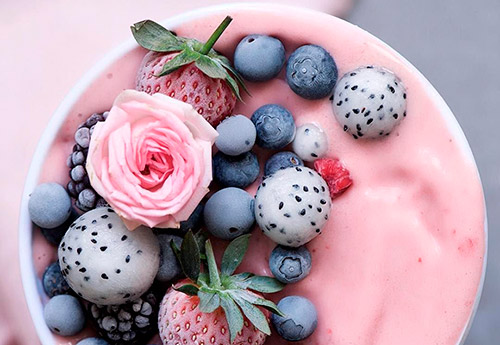Hair care
Iron containing foods
Dietitians who study nutrition recognize that a healthy diet may not always provide enough iron and all the nutrients we need in our current high-speed life.
Yes, of course, you need to pay special attention to the unique antioxidant action, but we must not forget about the importance of other well-known vitamins and minerals. Some vitamins and minerals are needed to release energy from food or break down fat molecules, others give strength to bones, renew skin cells, or help cope with stress.
Many of us cannot say that the food we eat every day has enough vitamins and minerals that our body needs. And this explains why we have to take additional vitamins and dietary supplements every day.
The main supply of iron in the human body is 4-5 grams, of which more than half is in the blood in the form of hemoglobin, a substance that gives blood a red color, and the rest is found in the liver, kidneys and spleen. Hemoglobin carries oxygen from the lungs throughout the body.
Normal level of hemoglobin: in men - 130 - 170 g / l; in women - 120 - 150 g / l; in children - 120 - 140 g / l. Low hemoglobin levels also indicate a low iron content.
Both low and high iron content are undesirable. If there is not enough iron in our diet, anemia can begin.
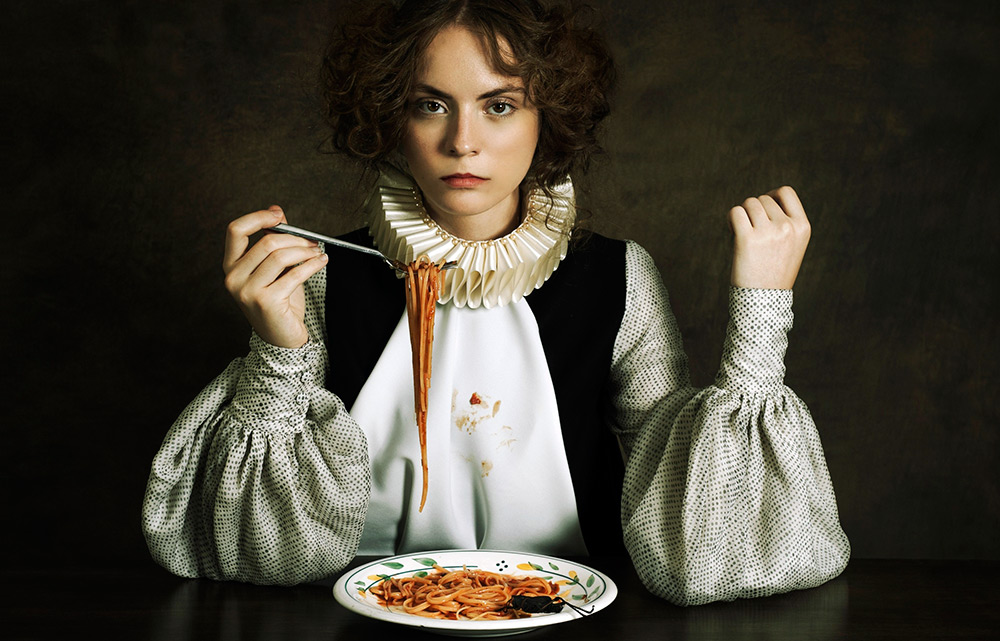
What are the symptoms that indicate low iron levels?
These are pale skin and pale lower eyelids, which are the main signs of anemia, as well as muscle weakness and fatigue, lethargy, drowsiness, poor vision, numbness in the fingers and toes, and even an upset stomach. Anemia can begin in women during pregnancy, as the fetus takes up almost half of the daily iron intake. Iron levels in these cases are monitored using a routine blood test.
The lack of iron in the body can be determined by the nails. For example, in ancient China, the primary diagnosis was made based on the condition of the nails. With a low iron content, the nails become brittle, exfoliate, and spoon-shaped depressions appear on them. Hair will also be dry and brittle, early gray hair appears, hair loss begins. The skin becomes dry and pale, or even sallow.
High levels of iron can lead to increased activity of free radicals, which are already known to all - the damage they cause to the cells of the body. Increased hemoglobin can be a sign of cardiopulmonary insufficiency, diabetes mellitus, and even intestinal obstruction. At the same time, an increase in blood viscosity can be observed, which also complicates the delivery of oxygen to the organs. Both conditions require immediate treatment.
Today we are going to talk about iron-rich foods. In view of the vital activity of the body, the level of iron decreases every day, and this is natural, since there is sweating, exfoliation of the skin, as well as blood loss (in young women every month). This means that it is necessary to replenish the iron store with the help of products or various dietary supplements. The greatest need for iron is felt in women, especially in pregnant women.
Iron is present in food in two forms: organic (heme) and inorganic (nonheme). Iron in the form of heme is found in meat and is easily absorbed. "Non-heme" iron is found in vegetables and other plant foods. This iron is absorbed by the body worse, but vitamin C contributes to its absorption.
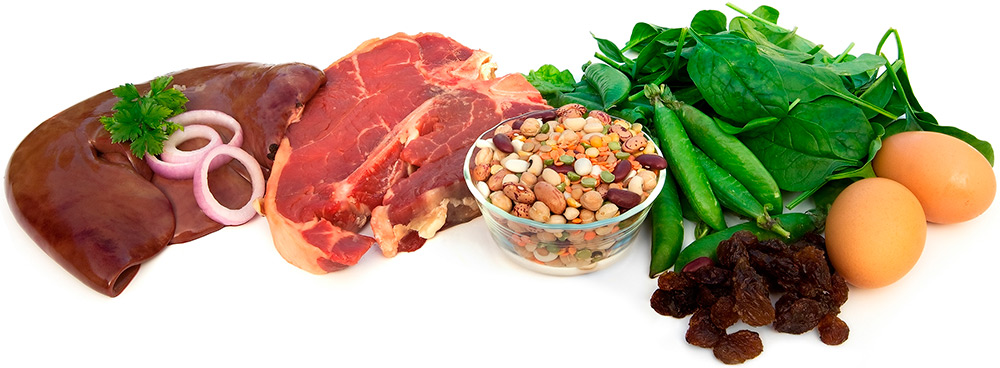
What foods contain high amounts of iron
If you look at the tables that list products with an iron content per 100 grams of product weight, you can see that these numbers sometimes differ significantly from each other. Most likely, no one is wrong, just these numbers depend on many factors. But for those who seek to make up for the lack of iron in the body, it is better to approach this issue differently - to find out which foods contain iron in large quantities.
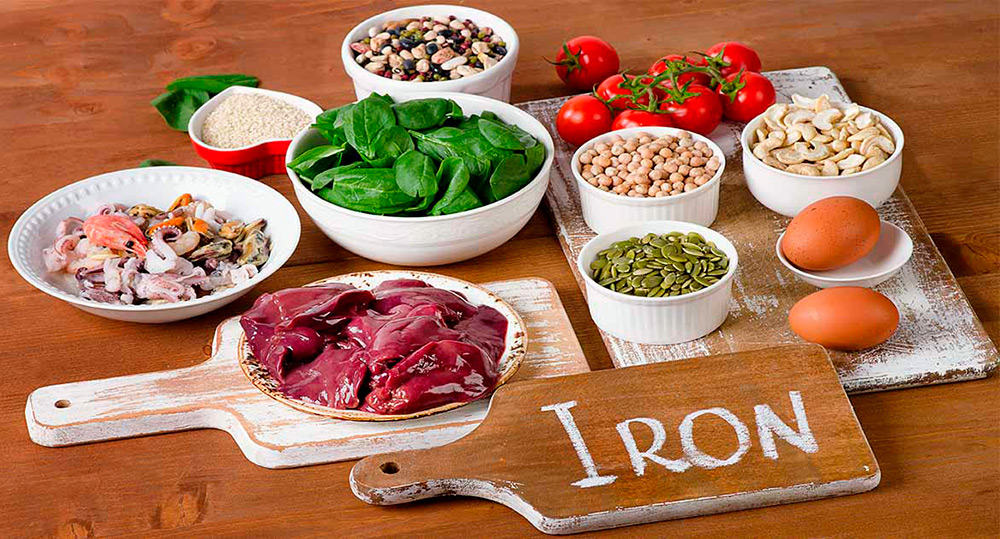
Iron content in animal products
Firstly, these are animal products, among which shellfish (oysters and mussels) occupy one of the first places in terms of iron content, then meat and liver (beef, pork, chicken), black caviar, chicken yolk, tuna, sardines.
Of all animal products, the largest amount of iron is found in molluscs and liver of cod fish. The liver of animals is rich in iron, but it must be used with extreme caution. Many of us know that the liver purifies the blood, and therefore toxins and even antibiotics, which are used to treat animals, accumulate in it. So don't try to use this product often.
Tuna... There is a lot of protein in tuna meat (22%), so if someone has given up meat, tuna will replace it. 100 grams of this fish contains 0.0015 grams of iron and 140 calories. So tuna can replace many animal products without gaining excess weight.
A good source of iron can be the yolk of a chicken egg, a little more iron in a quail egg.
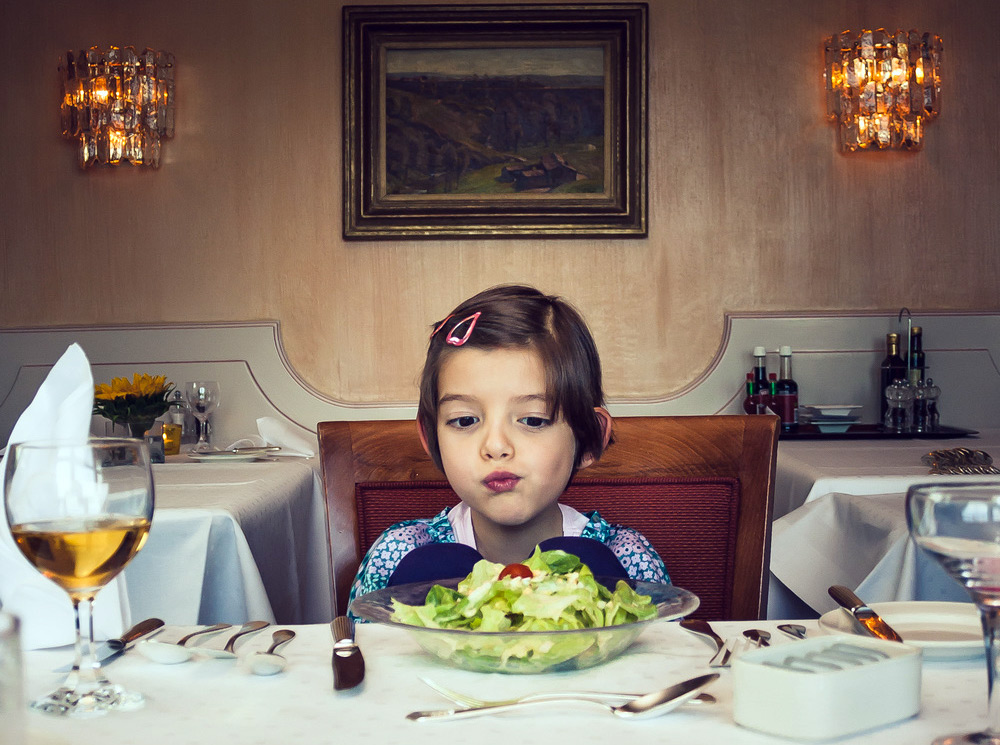
Iron-rich plant foods
These include, first of all, grain products - buckwheat, oatmeal, barley groats, rye, wheat bran. For example, 100 grams of boiled buckwheat contains 0.0067 grams of iron, and there are only 100 calories. Buckwheat contains B vitamins, potassium and fiber. And the protein that is part of this grain product is easily absorbed by the body.
Legumes - beans, beans, lentils, which all vegetarians know about. Lentils can replace meat, they contain the most protein - about 60%. It contains folic acid and iron, as well as tryptophan, an amino acid that stimulates the production of serotonin, the "happiness" hormone.
You can also think of dark chocolate, which contains a lot of iron, as well as manganese and magnesium, but ... it also contains a lot of calories, so be careful not to try to replenish iron with chocolate alone.
Greens - spinach, asparagus. For example, fresh spinach. It contains almost everything your body needs, and iron too, besides, it has very few calories (20 times less than chocolate).
Dried fruits (dried apricots, raisins, dates, figs, prunes). Of all dried fruits, raisins have the highest iron content (in 100 grams - 0.0025 grams of iron), and there are about 300 calories in 100 grams. Therefore, with the help of raisins, dried apricots or other named dried fruits, you can allow a small snack.
Vegetables, fruits and juices from them: pomegranate, plum, persimmon, apples, dogwood, tomatoes, beets ...
Tomato juice contains a lot of useful microelements, including iron. In addition, it normalizes metabolism and calms the nervous system. Tomato juice contains lycopene. It is a powerful natural antioxidant.
All types of nuts: pistachios, cashews, almonds, peanuts, walnuts, as well as sunflower and pumpkin seeds.
Powdered brewer's yeast is also high in iron.
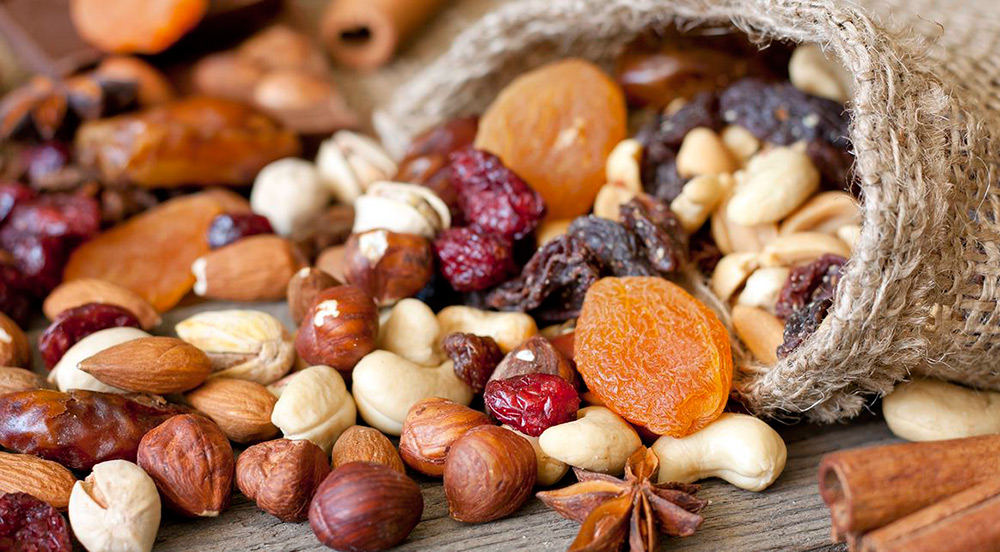
It seems that the question is resolved - we eat foods containing iron. However, there is another obstacle to the absorption of iron. Not all foods, when consumed together, promote the active absorption of iron, and some even interfere. For example, foods containing calcium, tannin, caffeine, and polyphenols are all among those that inhibit the rise in iron levels. These are dairy products, coffee, strong tea, drinks such as Coca-Cola.
And a few more important notes about the lack of iron in the body.
1. If your iron deficiency is not the first time, you should forget about strict diets for weight loss.
2. For better absorption of iron, it is necessary to separate the intake of carbohydrates and proteins in time.
3. There are foods that do not contain iron, but they increase its absorption from other foods. These are seaweed, seaweed.
4. Do not overcook foods as they lose their value through cooking. It is better to peel and cut vegetables before eating, and if boiled, then put them in boiling water.
5. Do not store vegetables for a long time, or store them until they go bad.
6. From the above it is clear that semi-finished products should be consumed as little as possible. The value of pre-cooked foods is lost by leaps and bounds.
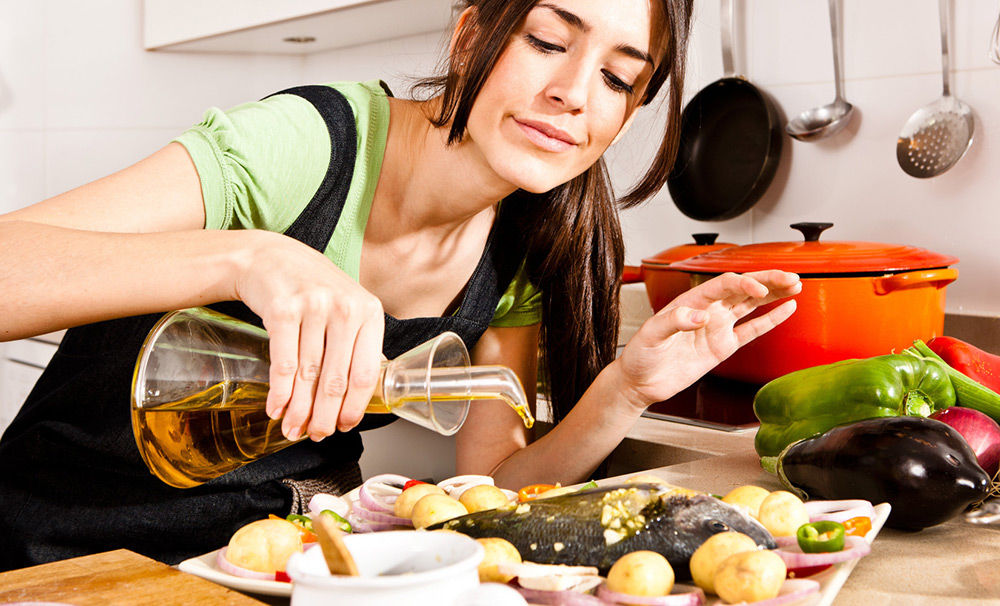
Comments and Reviews
Add a comment
Rating news
Shades of clothing that make women look younger
What shades of hair make women younger: rules and photos
Funny wedding dresses - photos and ideas
12 most expensive down jackets for the winter
How to look 25 at 40: tips from supermodels
Beautiful schoolgirls
Anti-aging haircuts and hairstyles for women
Fashionable skirts for autumn and winter
Fashionable women's trousers for the cold season
Fashionable and stylish sandals for summer 2024
Spring-summer 2024
 Fashionable dresses and tops with thin spaghetti straps
Fashionable dresses and tops with thin spaghetti straps
 Bandana tops: how to wear stylishly and beautifully
Bandana tops: how to wear stylishly and beautifully
 How to put together the perfect men's wardrobe for the summer
How to put together the perfect men's wardrobe for the summer
 Fashionable shorts for spring-summer 2024
Fashionable shorts for spring-summer 2024
 Fashionable skirts for spring-summer 2024: a guide to online shopping
Fashionable skirts for spring-summer 2024: a guide to online shopping
 The most fashionable dresses spring-summer 2024: styles and colors
The most fashionable dresses spring-summer 2024: styles and colors
 Fashionable total look 2024: ideas of images and trends
Fashionable total look 2024: ideas of images and trends
